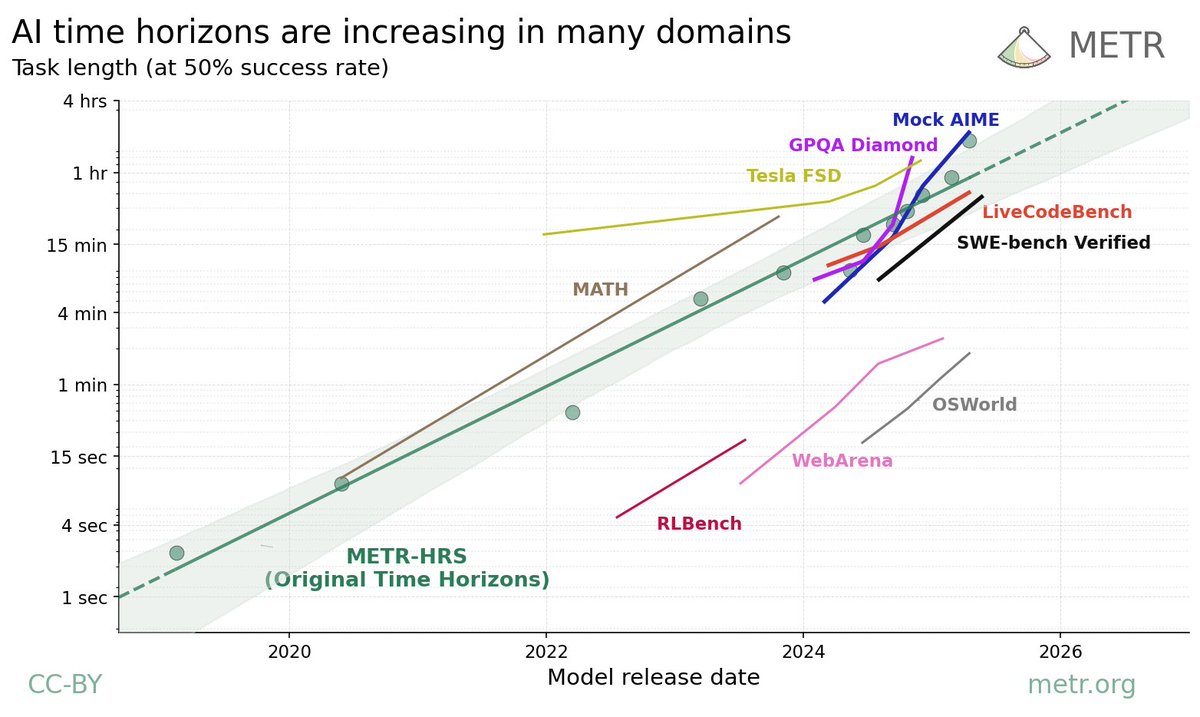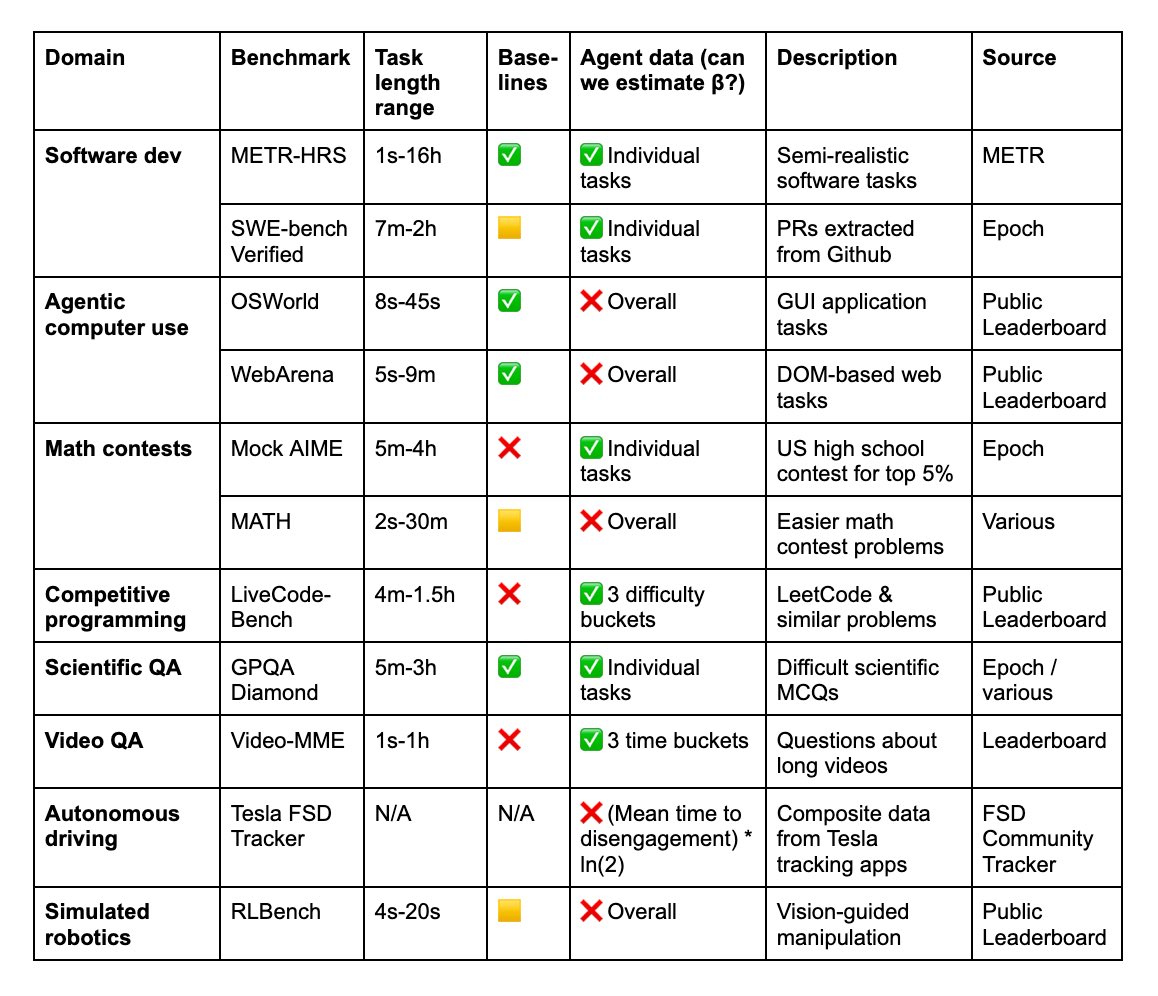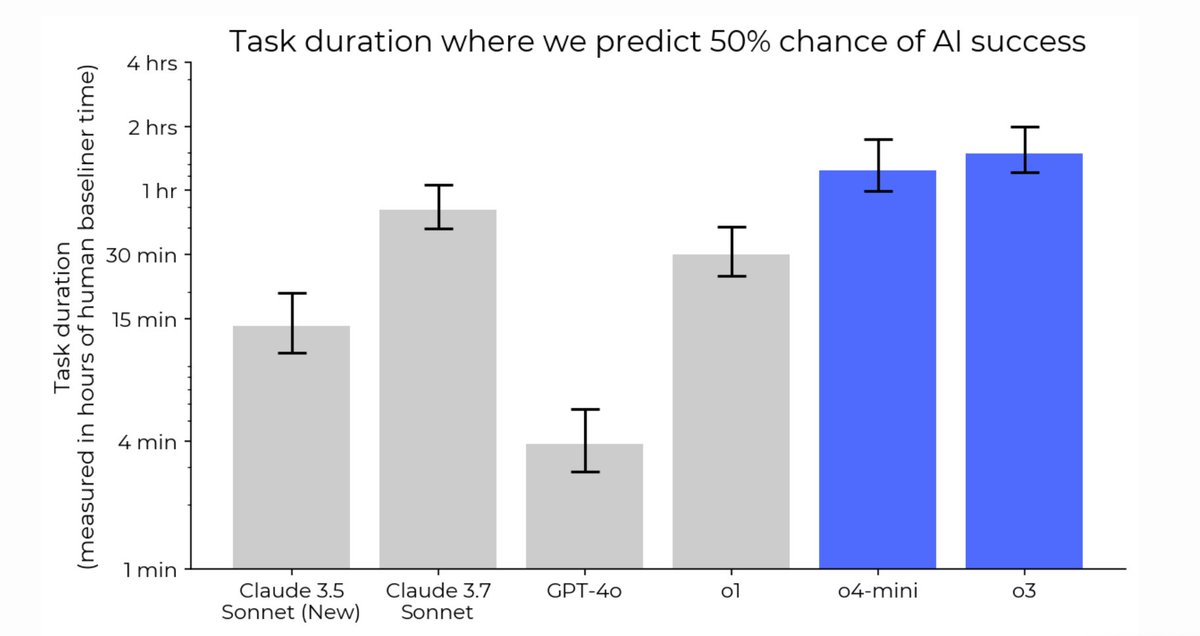
We work to scientifically measure whether and when AI systems might threaten catastrophic harm to society. Nonprofit.
How to get URL link on X (Twitter) App


 Model performance can vary based on inference provider and time of evaluation. Our Kimi K2 Thinking runs for this evaluation come from Novita AI via OpenRouter, over November 13-17.
Model performance can vary based on inference provider and time of evaluation. Our Kimi K2 Thinking runs for this evaluation come from Novita AI via OpenRouter, over November 13-17.

 We argue: (1) these threat models require capabilities significantly beyond current systems, (2) our results indicate GPT-5 is an on-trend improvement that lacks these capabilities by a reasonable margin and (3) other evidence did not raise significant doubts about our results.
We argue: (1) these threat models require capabilities significantly beyond current systems, (2) our results indicate GPT-5 is an on-trend improvement that lacks these capabilities by a reasonable margin and (3) other evidence did not raise significant doubts about our results. 

https://twitter.com/metr_evals/status/1902384481111322929
 We analyze data from 9 existing benchmarks: MATH, OSWorld, LiveCodeBench, Mock AIME, GPQA Diamond, Tesla FSD, Video-MME, RLBench, and SWE-Bench Verified, which either include human time data or allow us to estimate it.
We analyze data from 9 existing benchmarks: MATH, OSWorld, LiveCodeBench, Mock AIME, GPQA Diamond, Tesla FSD, Video-MME, RLBench, and SWE-Bench Verified, which either include human time data or allow us to estimate it. 

 We recruited 16 experienced open-source developers to work on 246 real tasks in their own repositories (avg 22k+ stars, 1M+ lines of code).
We recruited 16 experienced open-source developers to work on 246 real tasks in their own repositories (avg 22k+ stars, 1M+ lines of code).

https://twitter.com/OpenAI/status/1912549344978645199
 On an updated version of our task suite, we estimate that o3 and o4-mini reach 50% time horizons which are 1.8x and 1.5x that of Claude 3.7 Sonnet, respectively. This is longer than all other public models we’ve tested.
On an updated version of our task suite, we estimate that o3 and o4-mini reach 50% time horizons which are 1.8x and 1.5x that of Claude 3.7 Sonnet, respectively. This is longer than all other public models we’ve tested. https://twitter.com/METR_Evals/status/1902384481111322929


 At a high level, our method is simple:
At a high level, our method is simple:

 Many governments and companies have highlighted automation of AI R&D by AI agents as a key capability to monitor for when scaling/deploying frontier ML systems. However, existing evals tend to focus on short, narrow tasks and lack direct comparisons with human experts.
Many governments and companies have highlighted automation of AI R&D by AI agents as a key capability to monitor for when scaling/deploying frontier ML systems. However, existing evals tend to focus on short, narrow tasks and lack direct comparisons with human experts. 

https://twitter.com/OpenAI/status/1834278217626317026
 The o1-preview agent made nontrivial progress on 2 of 7 challenging AI R&D tasks (intended for skilled research engineers to take ~8h). It was able to create an agent scaffold that allowed GPT-3.5 to solve coding problems in rust, and fine-tune GPT-2 for question-answering.
The o1-preview agent made nontrivial progress on 2 of 7 challenging AI R&D tasks (intended for skilled research engineers to take ~8h). It was able to create an agent scaffold that allowed GPT-3.5 to solve coding problems in rust, and fine-tune GPT-2 for question-answering. 


 Supplementing our work on evaluating specific capabilities of concern, our task suite for autonomous capabilities measures skills including cybersecurity, software engineering, and ML. The tasks range in difficulty from taking skilled humans less than 15 minutes to many hours.
Supplementing our work on evaluating specific capabilities of concern, our task suite for autonomous capabilities measures skills including cybersecurity, software engineering, and ML. The tasks range in difficulty from taking skilled humans less than 15 minutes to many hours. 